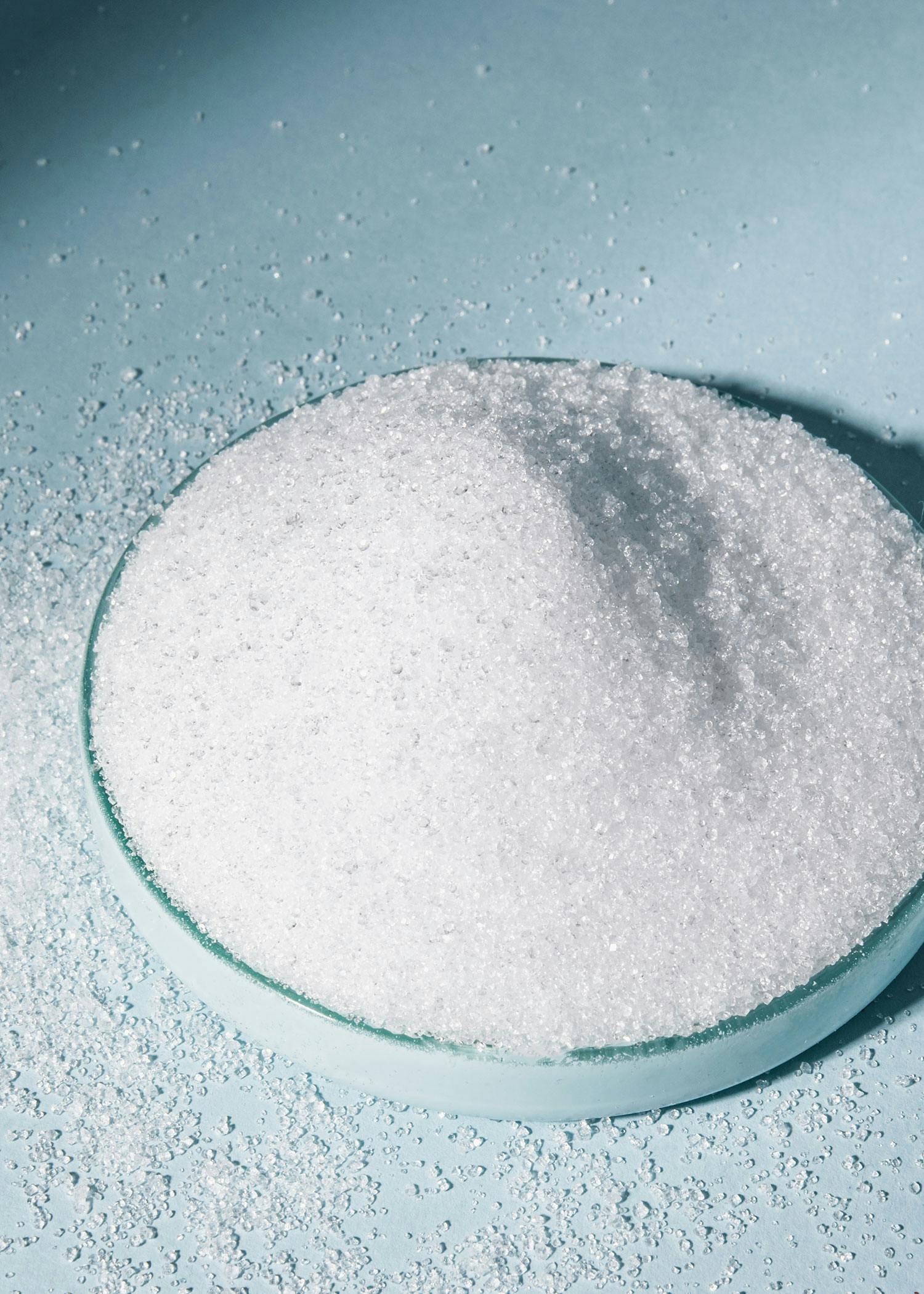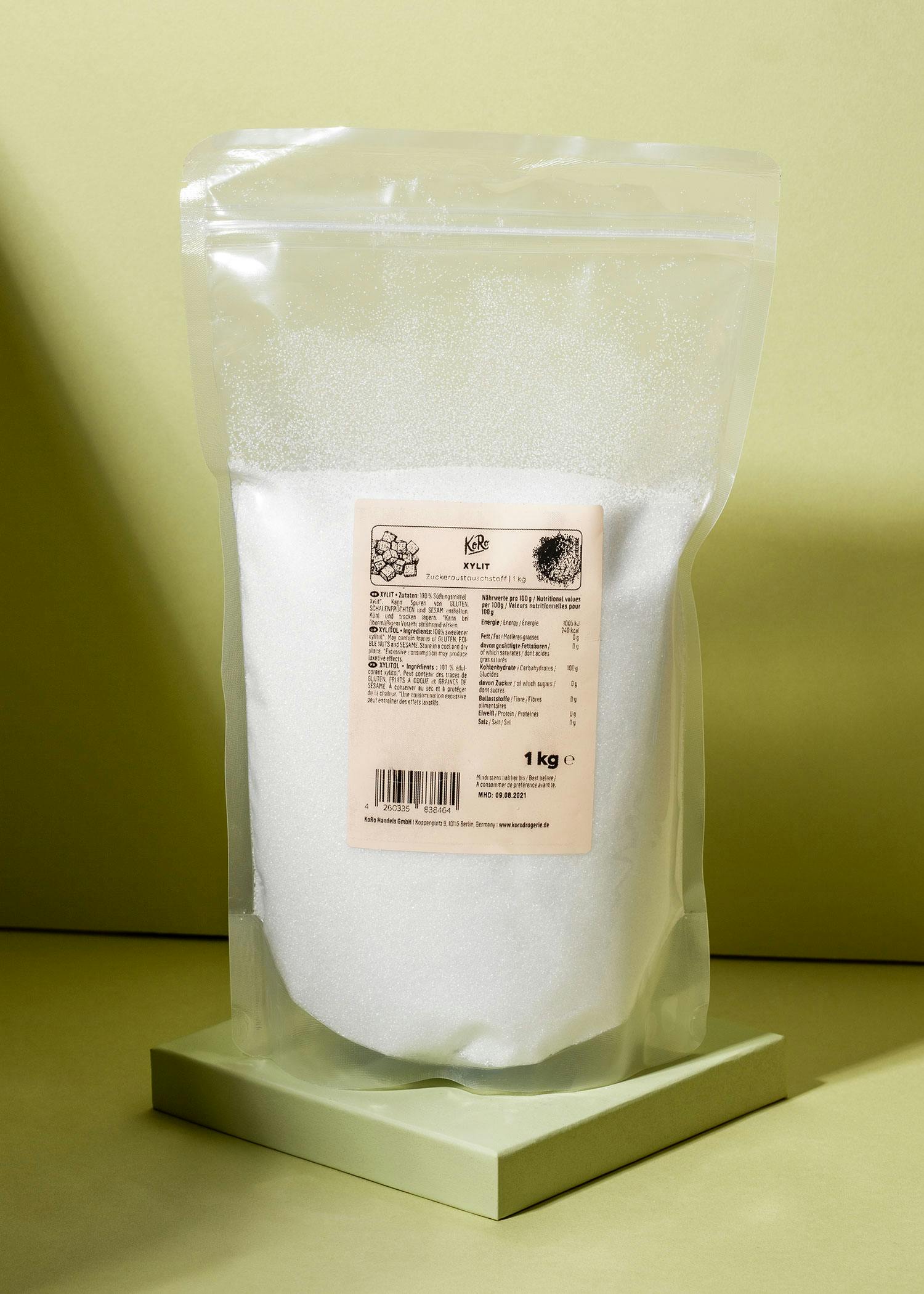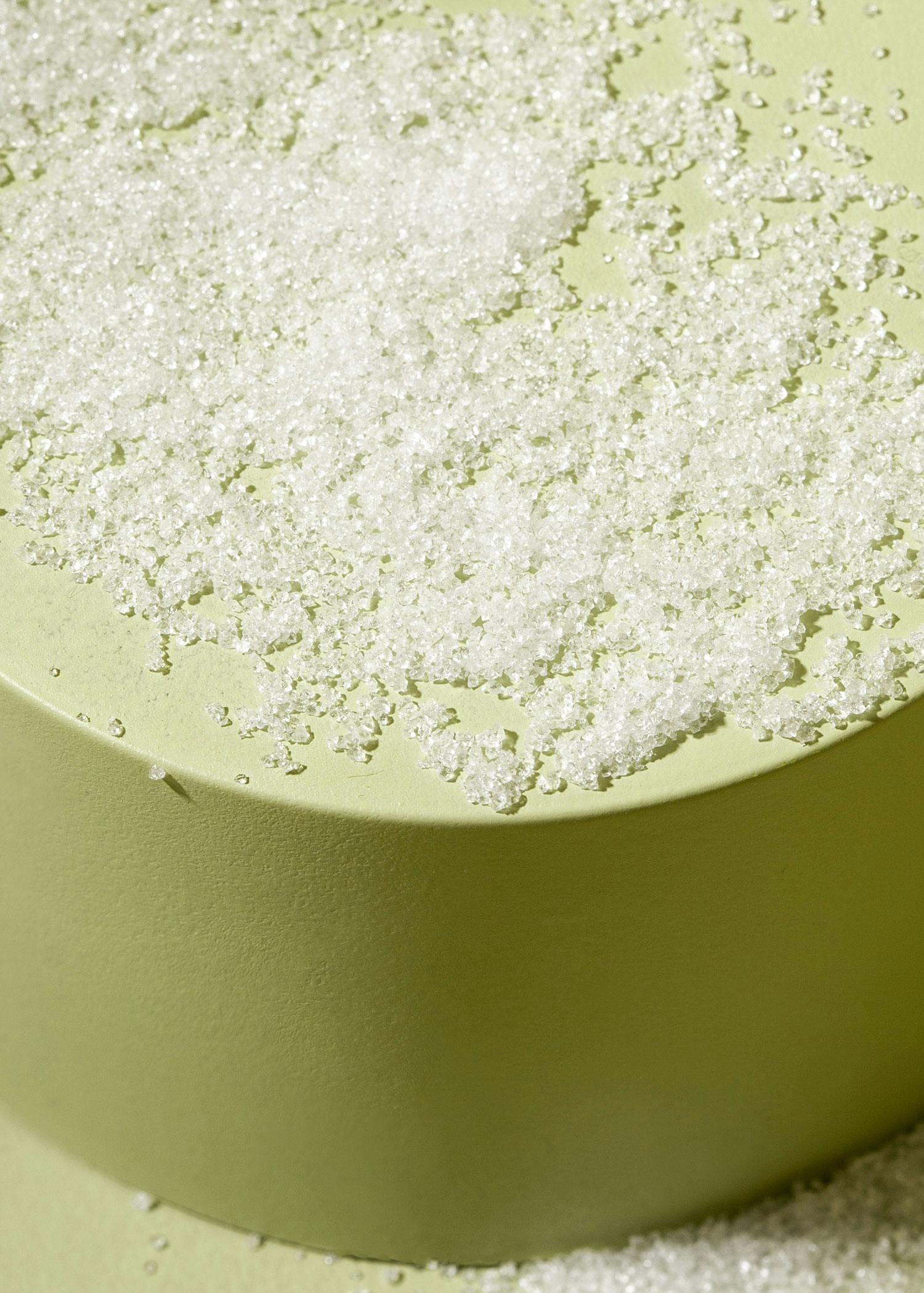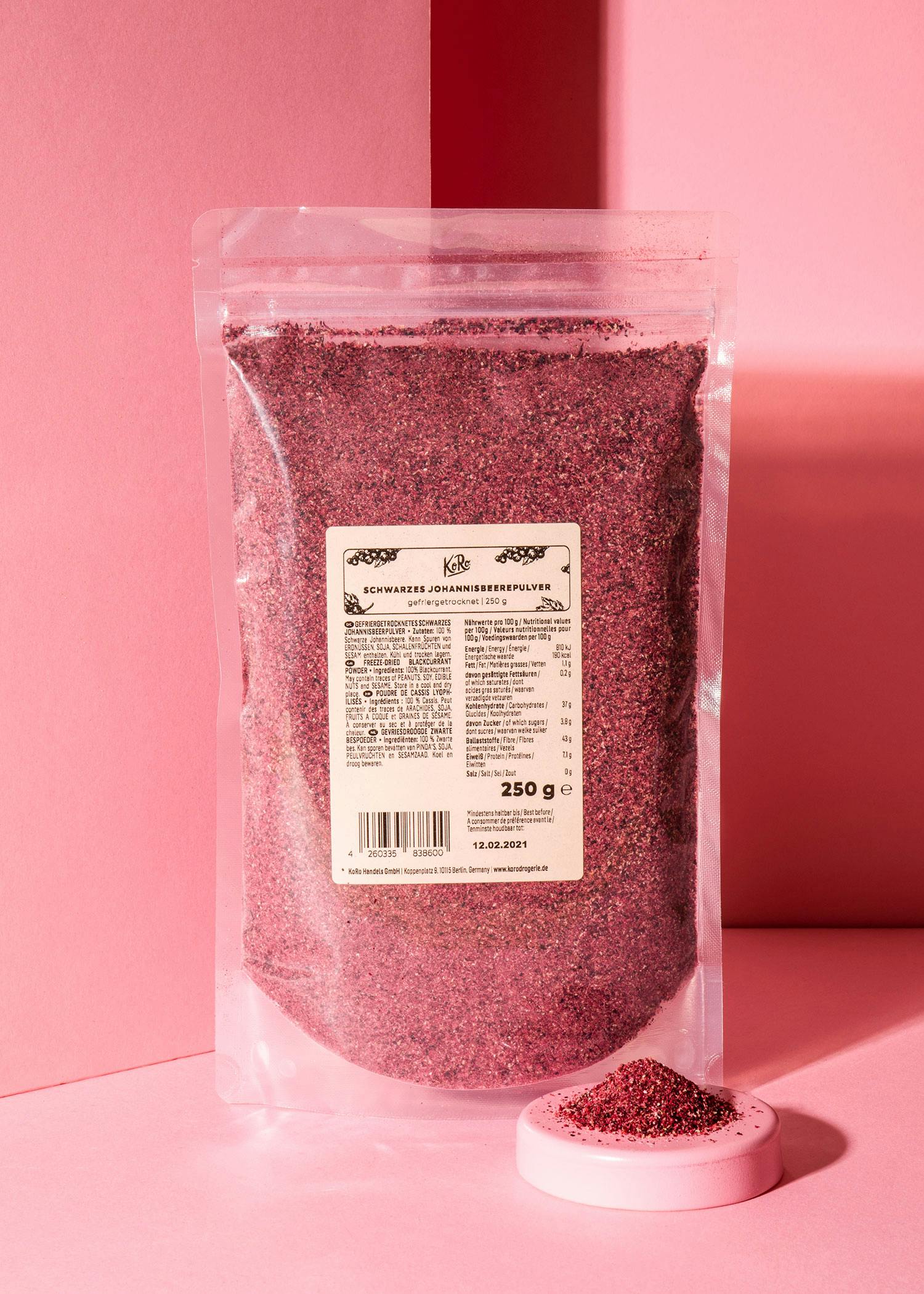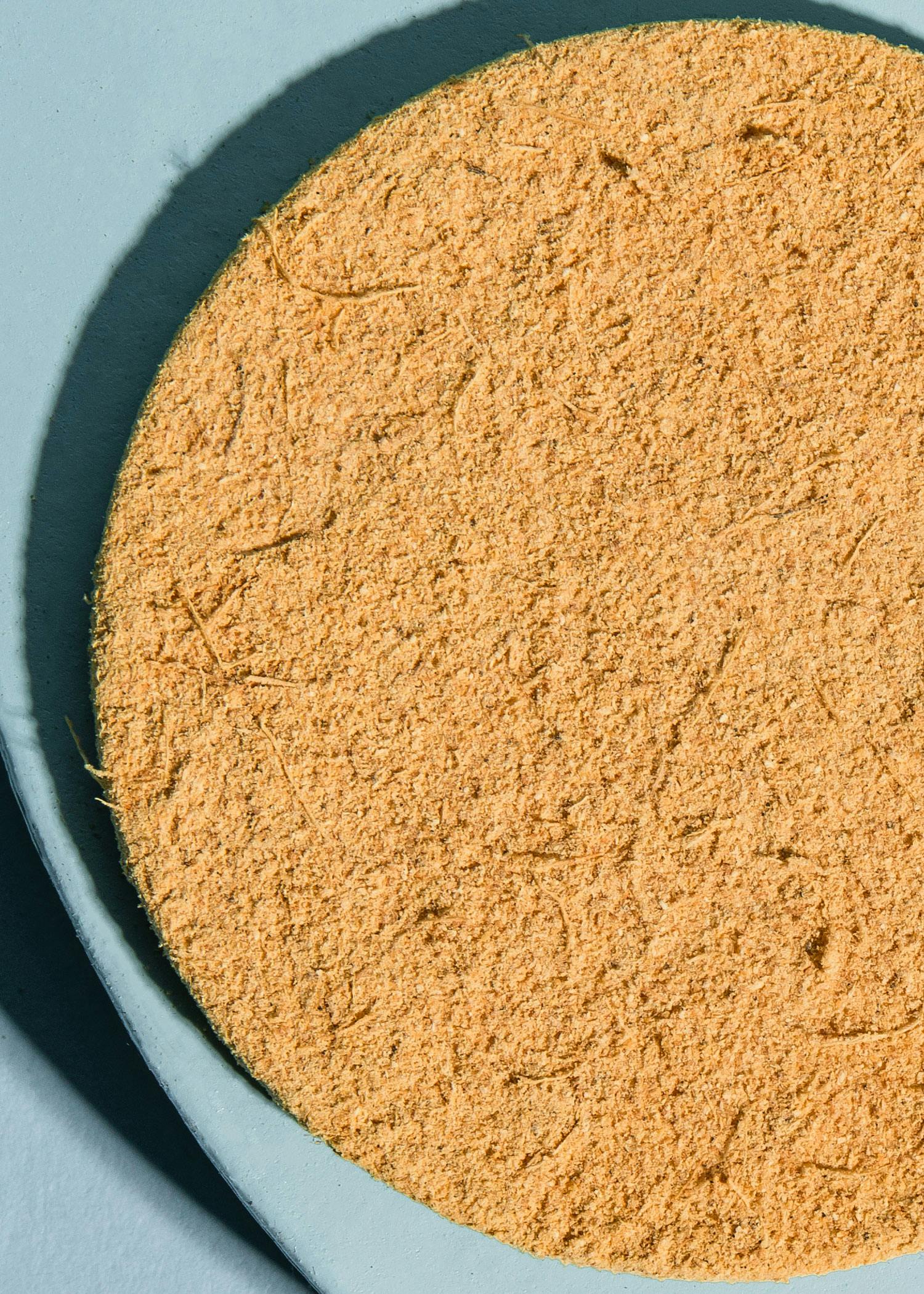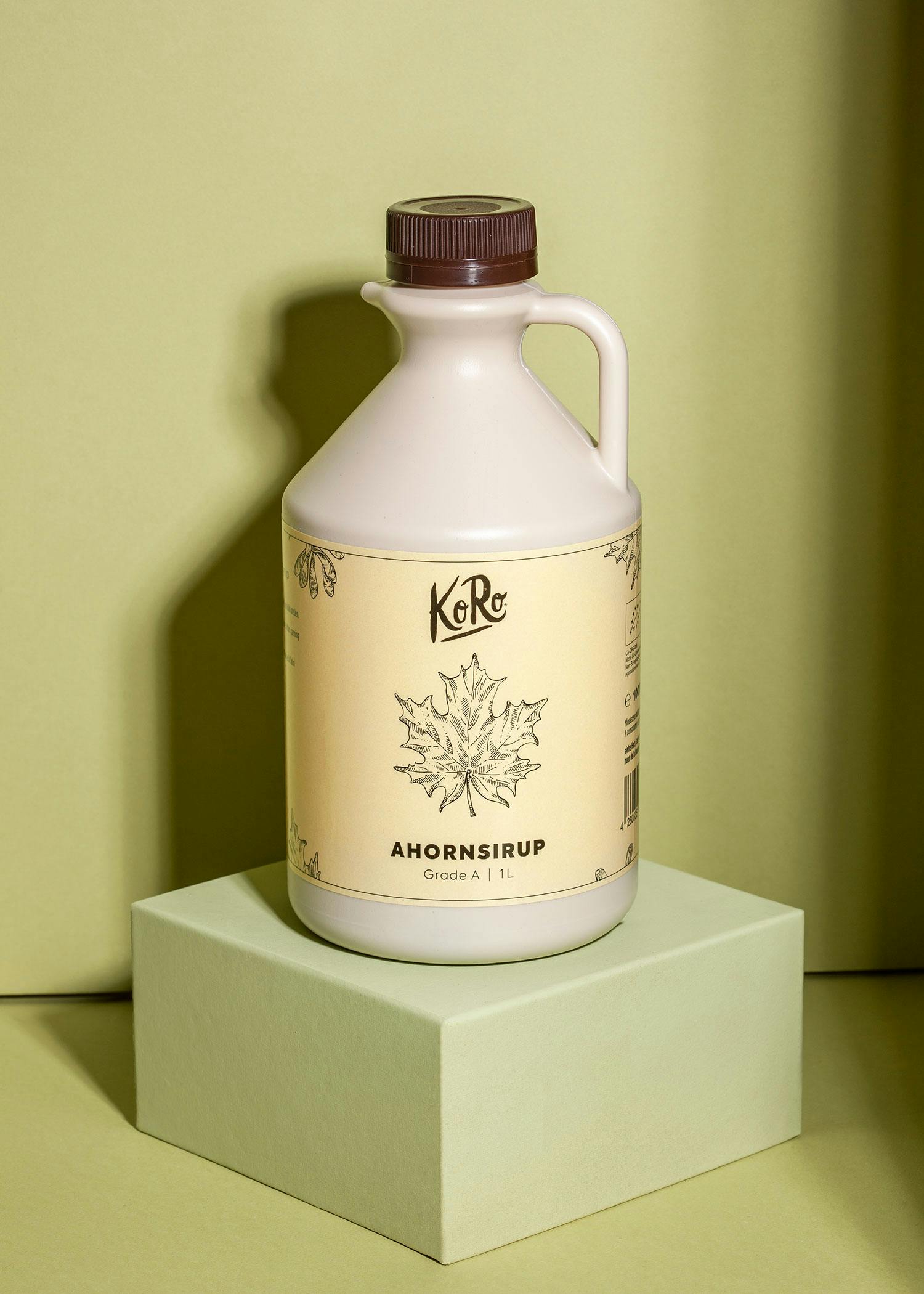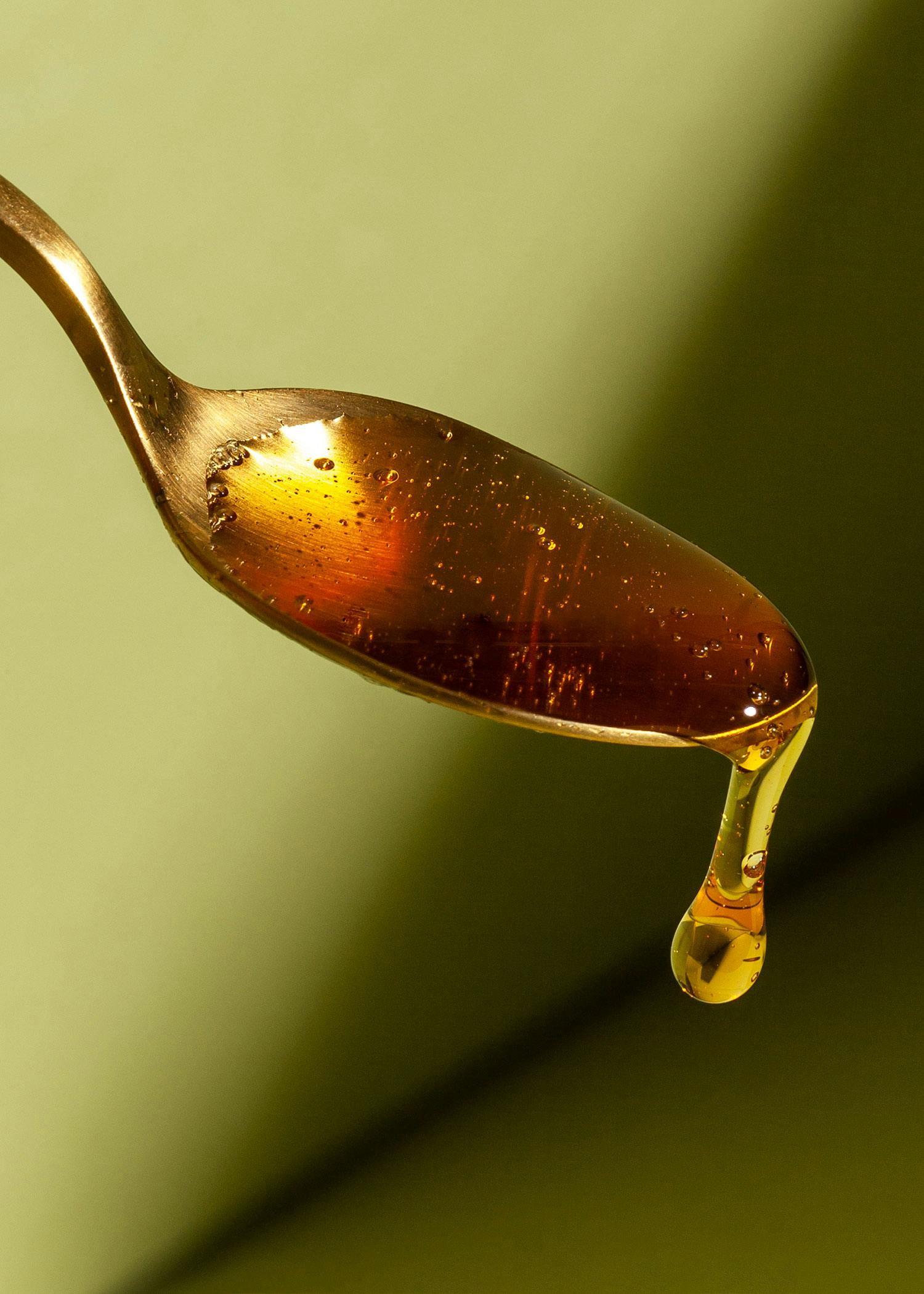Harvest time is slowly approaching and with it the late summer fruit glut. Apples, pears and plums ripen alongside many other fruits and hang on trees and bushes in large quantities - ready to be eaten. But nobody can eat them all at once. So the question is: what do you do with all the fruit in the garden? One of many answers is: jam! In this article, you'll find out how to make your own jam and what you need to look out for.
The most important ingredient: fruit
You need fruit of your choice for your jam. Make sure you use fruit that is in perfect condition - this will increase the shelf life of your jam. It is best to clean the fruit thoroughly first and remove any parts that should not end up in your jam, such as seeds, peel or stalks. If you are bothered by the small seeds, for example currants or raspberries, you can press the fruit through a very thin sieve. Large fruit can either be cut into pieces, grated or pureed.
Fruit and its pectin content
Every fruit has a natural pectin content. Pectin ensures that the fruit pulp gels, i.e. gives it its typical consistency. The more pectin the fruit contains, the easier your jam will gel. Fruits with a high pectin content are, for example Blueberries, apples, quinces, citrus fruits, gooseberries and blackcurrants. Pears, raspberries, plums, apricots, sloes and redcurrants, for example, have a medium pectin content. Pineapple, strawberries, figs, cherries, elderberries and grapes only contain small amounts of the substance. You can therefore promote the gelling process simply by choosing the right fruit.
Sweetening jam
Sugar not only makes the jam sweeter, it also preserves it. Of course, you can also leave the sugar out completely, but this will significantly reduce the shelf life. There is special sugar for making jams - gelling sugar. Thanks to the pectin it contains, this sugar also supports the gelling process of the fruit mass during cooking. This means that regardless of the type of fruit and its natural pectin content, the jam will gel thanks to the gelling sugar. Gelling sugar is available in different varieties, which differ in their pectin content. Depending on the instructions on the packet, the ratio of fruit to sugar when making your jam is 1:1, 2:1 or 3:1.If you only have ordinary household sugar to hand, you can still make jam. This involves boiling your jam until it gels due to the pectin in the fruit. This works best with fruit with a high pectin content.It is possible to promote the gelling process with certain ingredients: Use additional pectin or other gelling agents such as agar agar, guar gum or powdered psyllium husks. A little lime or lemon juice can also help.You can also use honey, xylitol, erythritol or maple syrup to sweeten instead of sugar.
DIY: Basic recipe with gelling sugar
You have prepared 500 g of fruit of your choice and got some preserving sugar - then it's time to start. Put the fruit in a pan with the amount of sugar specified on the packet. Cook the mixture of fruit pieces and preserving sugar on a medium heat, stirring constantly, to form a purée. The cooking process should not take too long so that the color and taste are not lost. As soon as the mixture drips from the spoon in a rather thick consistency, you can pour it directly into suitable jars and close the lids. We recommend filling the jars to the brim with the jam to minimize the amount of bacteria and germs in the jar. As soon as the lid is closed, turn the jam jar upside down and leave it to stand for about half an hour. This forces the remaining air up through the hot mixture and preserves it. Idea: Try this basic recipe with 300 g apples, 200 g pears, gelling sugar (ratio to fruit depending on variety) and dried goji berries.
DIY: Jam with psyllium husks
Here too, you need 500 g of fruit of your choice, which you prepare and cut. You will also need 2.5 teaspoons of psyllium husk powder (optional: grind the psyllium husks in a high-performance blender) and the juice of two limes - sugar or a sweet alternative if you prefer. Cook the fruit in a pan and simmer for approx. 5 minutes. Then stir in the psyllium husk powder and lemon juice (and optional sweetener) for about 1 minute until the mixture starts to thicken. Pour into jars and proceed as for the basic recipe with preserving sugar.Idea: Try this recipe with plums, cinnamon, maple syrup and walnuts - delicious!
DIY: Jam with guar gum - without heating
Jam without boiling? It's possible! The advantage of guar gum is that it also binds cold ingredients. All you have to do to make your jam is mix the ingredients together. For 500 g of fruit, you need a good 10 ml of lime juice and approx. 4 g of guar gum. Puree the prepared fruit with the lime juice to a fine paste. Now add the guar gum piece by piece and puree the mixture again. The guar gum has a binding effect and ensures the right consistency. If you would like chunks in your jam, you can mix them in now. That's it! This recipe is suitable for eating straight away, as this jam does not keep as long as the boiled-down version. So keep it in the fridge.Idea: How about a mixture of mirabelle plum and vanilla?
Additional ingredients: Spices, superfoods and co
In theory and in practice, you can try out all kinds of jam combinations. Spices such as ginger powder, vanilla, cinnamon, cloves or nutmeg will help you. Superfoods, nuts and dried fruit can also simply be stirred in during the cooking process. Herbs and flowers also give ordinary jams a very special touch. Lemon balm, rosemary, sage, thyme, basil, lavender, lime blossom or rose petals, for example, are suitable. A few drops of baking aroma can also spice up your jam. How about bitter almond or rum, for example?If you like to experiment, you can also incorporate vegetables into your sweet jam recipes. Carrots, pumpkin or zucchinis are suitable for this.



